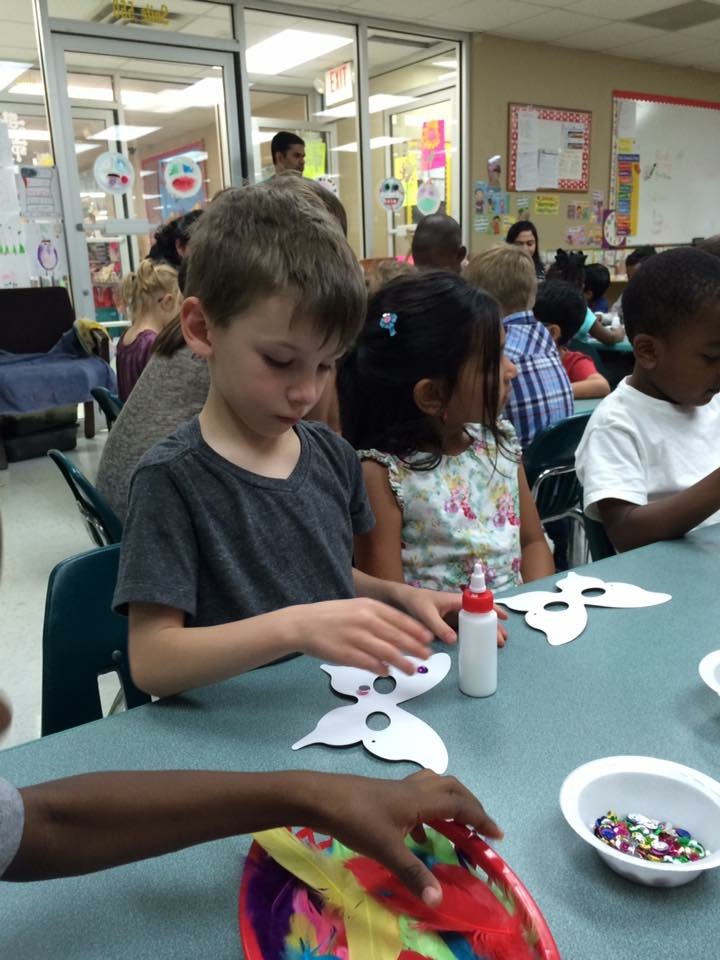Alternative programs in schools, in the 1970s and 80s, were meant for students who couldn’t stay focused in the classroom or was a behavior problem. Alternative education was any type of education that did not match the standard that was set by traditional public schools. Most alternative education programs were designed to prevent students from dropping out before graduation. It was and still is felt that students that do not graduate from high school had a negative impact on the professional and personal life of the individual resulting in a negative impact on society. Today it takes on an entirely new meaning.
Alternative programs in today’s educational systems have evolved and now allow for many types of studies for students. Some alternative programs include: state run cyber schools, district run cyber schools, blended schools, Montessori and private schools, home schooling, and independent study programs. Alternative schools and programs allow students to grow, learn, and explore at their own pace and interests.
The reasons for the many choices are because of the differentiation needed to meet the needs of all learners. Parents can decide what method of instruction best fit what they want out of education for their children. Other reasons include interaction from teachers and parents stating that the student is losing interest in school due to unsuccessful methods, hates school, has a lack of interaction with other children, goes home tired and cranky, or complains about conflicts in school with other children.
This blog began with the purpose of exploring independent studies, a program for elementary and middle school students in various states and school districts. My sister, who lives in the state of California, recently informed me that her daughter (my niece) was going to work on an independent study at home instead of beginning the new school year in a regular sixth grade classroom in her school district. The reason was two fold; she began to hate school in 5th grade and she is an avid figure skater. Independent study would give her the flexibility to skate and academically work at her on pace. The only class she would take in her brick and mortar school was going to be a drama class which she chose an an elective.
Similar to a blended school program with traditional classes along with on-line classes or an in-district cyber school, the Independent Study Program is part of the regular school’s curriculum and permits the student to work at home on courses selected according the school’s curricula.
Independent studies began in the state of California because child actors needed a flexible program that would allow them to complete the school’s curriculum and continue to work in the acting field. Several states offer independent study programs. It is available as a voluntary option chosen by students and parents. It can serve as a short-term or long-term basis and on a full-time basis or in conjunction with courses taken in a regular traditional classroom.
An independent study offers individualized instruction, a flexible schedule and allows students to delve more deeply into an area of academic interest. It is not suitable for all students. It requires a high level of commitment, motivation, organization skills, and self-direction. The school district provides a packet to the student directing them to preselected websites for core subjects. If an elective were chosen that was exclusive to that school the student would have to attend that class during the scheduled day at the regular school. The parents and student have a scheduled check-in to the homeroom teacher while participating in the independent study program. Parents would monitor the student’s work. The student must maintain an 80% on each test to pass. Parents have the option of ending the program at any time and the student may return to the traditional classroom.
My experiences as a teacher and administrator involved in alternative school choices included: Title I schools that offer smaller classrooms, in-district cyber school where the school offers a computer to students to learn outside the traditional classroom, out-of-district cyber school that is run by the state, Montessori School, and various private schools. Even though I worked in a traditional public school, I’ve had students from the mentioned alternative schools register after either an unsuccessful stint in an alternative school or due to a move by the family. It is not difficult to transfer from one to the other. The difficulty occurs when records are not sent in a timely manner. A problem arose one day when mom registered her son into our 5th grade class. He had been in our school in 3rd grade and left to attend a state run Cyber-School for 4th grade. When he reregistered, school was already in session and he was placed in a 5th grade classroom. When his records were received and reviewed by the guidance counselor we discovered that he did not pass the requirements to advance to 5th grade. He had to be put back into the 4th grade.
In my position as Program Director I had to over see the district cyber school. Several students never logged on, others never met with the homeroom teacher, several were late on completing assignments, and one student signed up for Cyber-School and wasn’t aware that she did not have Internet access.
Here are several ways to meet success for programs that are web-based:
• Fully understand the requirements of the program
• Have access to a computer
• Have access to the Internet
• Have a quite place to work
• Log on and work everyday
• Have self-discipline to complete work at the designated time
• Know how to communicate online
• Make sure to read and follow the directions for each assignment
• Correct your work immediately after feedback is provided
The more parents, teachers, and administrators are aware of the many choices in educational methods, the traditional brick and mortar schools may eventually evolve into schools that meet the individual needs of all students. Be aware of the many options before your student looses interest in traditional school.
![]()



